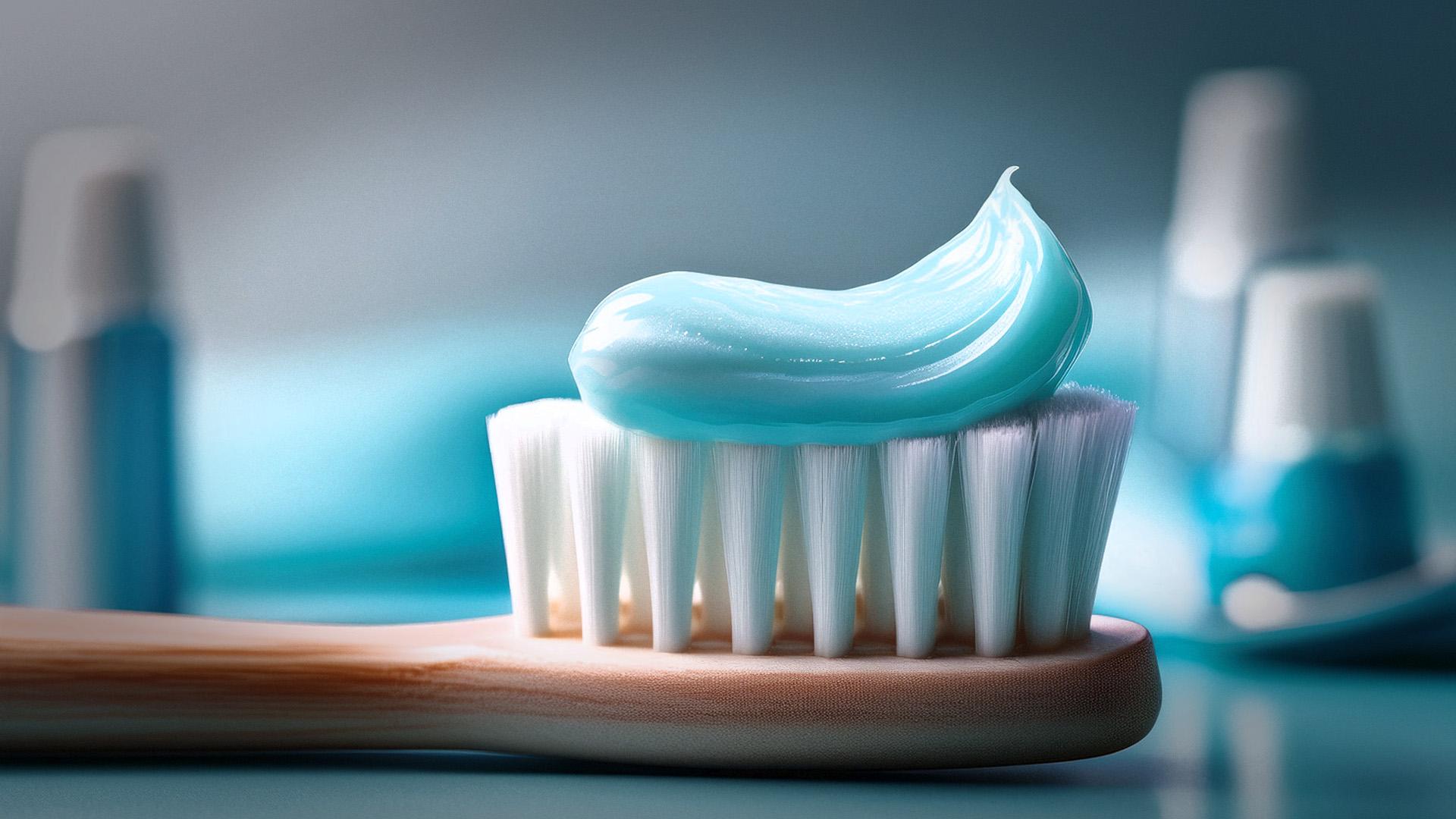Abrasiveness of powders is a property to consider when designing an installation
This article discusses:
- The origin of abrasiveness
- The definition of abrasiveness
- Tips to avoid rapid wear due to abrasiveness
- The difference between corrosion and rust and their definition
- Ways to Prevent Corrosion
The experts at Dinnissen Process Technology are available to answer all your questions:
Get in touch with Juul Jenneskens 077 467 3555
The origin of abrasiveness
A property of powders that should not be underestimated is abrasiveness.
Abrasion is a term that comes from geology and stands for mechanical abrasion on the surface of rocks by a glacier, wind or water. The friction ensures that particles come loose from the rock and are carried away by water. The intensity of the erosion depends on the:
- Hardness
- Concentration
- Speed
- Mass of the particles
The definition of abrasiveness
Something similar occurs with the processing of powders. In a number of cases, abrasiveness of powders is a desirable property. Think of water cutting. An abrasive grit is added to the water in order to cut various materials with high pressure. But toothpaste, a product that everyone uses every day, also contains abrasive powders. These are powders such as aluminum hydroxide, calcium carbonate, calcium phosphate and various silica. Another example are premixes. Premixes are high-quality and expensive components of animal feed. Premixes contain various minerals that are relatively heavy and hard. Very abrasive powders are used here.
In general, however, abrasiveness is an undesirable property. Due to the abrasiveness of powders, accelerated wear of the installation will occur. A combination of different properties ensure this accelerated wear. If powder particles with a certain mass continuously hit a surface at a certain falling speed, a force is created on this surface and on the particle. This is also called Newton's 2nd law. If this particle has a high hardness, more energy will go into the surface, which increases the wear of the surface.
Tips to prevent rapid wear due to abrasiveness
Abrasiveness of powders is a property to consider when designing an installation. Particularly in the pipework and pneumatic pipework, abrasiveness can lead to accelerated wear. To prevent this, various solutions are available. For example, special coatings and ceramic bends can be applied. With a pneumatic transport of lactose, a Dinnissen aeolis bend can be used to prevent wear and adhesion of product. In addition, it is possible to make machines or parts of machines in other types of steel that are more resistant to mechanical stress, such as Hardox and manganese steel.
The differences between corrosion and rust and their definition
The terms rust and corrosion are often used interchangeably. However, this is not correct. The terms rust and corrosion are related but fundamentally different. Corrosion is a broader concept than rust. The general definition of corrosion is: an undesirable attack on a surface of a metal by a chemical process. Rust is the reddish-brown material that forms when iron reacts with oxygen in the presence of water. This reddish brown layer consists of iron oxide and iron hydroxide. Iron or steel loses its favorable properties due to rust. Rust can therefore be seen as one type of corrosion.
Corrosion can play a role in the processing of powders. This should be taken into account when designing the installation. Examples of powders that are corrosive:
Phosphoric acid: is used in fertilizers, cleaning products, but also in small quantities in soft drinks such as cola. In addition, this is also used in pet food.
Citric acid: is used for descaling coffee machines, but also in countless foods such as soft drinks, soups, sauces, preserved vegetables and sweets.
In addition, there are alkaline substances used in chemistry, such as sodium hydroxide, which is frequently used in both the laboratory and industry. This includes the production of soap from fats, dyes and cellulose from wood and straw. Most will know this product as caustic soda, a product to unclog the sink. Another alkaline product is caustic potash which is used as a cleaning agent, disinfectant, paint stripper and sink cleaner, but also for the saponification of fats.

Toothpaste
Ways to prevent corrosion
There are a number of different methods of preventing corrosion. This can be done by applying coatings such as lacquer or powder coating. But galvanizing is also often used, especially in steel structures. Stainless steel is frequently used in the powder processing industry. The oxide layer here forms a tight, connecting and protective layer around the metal. This in contrast to iron. Here the oxide skin is a porous layer and deeper layers can be affected.
The following types are used for stainless steel:
- AISI 304 (1.4301): This consists of 18% chromium and 8% nickel.
- AISI 316 (1.4401): This consists of 16% chromium and 10% nickel. In addition, 2% molybene has been added. This type of stainless steel is more resistant to salt corrosion and is widely used in chemistry.
- 316L (1.4404, "L" stands for "low carbon"): This type of stainless steel has a low carbon content, which makes it easier to weld. In addition, the corrosion sensitivity is limited after welding.
- 316Ti (1.4571): In this type of stainless steel, titanium is added to the alloy. This material is technically almost equivalent to 316L. The difference is mainly in the typical cut of this material.

Name: Juul Jenneskens
Advisor
Please feel free to contact me if you have any questions about this subject. My team of colleagues and I are ready to answer!
Get in touch with Juul Jenneskens 077 467 3555 powtech@dinnissen.nl
Do you prefer to request a consultation directly?
in a number of cases, abrasiveness of powders is a desirable property. toothpaste, a product that everyone uses every day, contains abrasive powders
